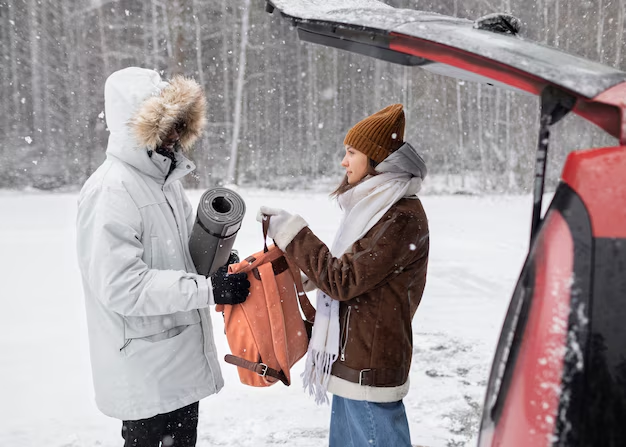Simple Strategies for a Smooth Winter Move
Winter can be a challenging time to move, but with the right preparation and strategies, you can navigate your move with ease and maybe even enjoy the snowy season. Whether you're looking to relocate for work, downsizing, or finding your dream home, these tips will help you tackle the cold weather and ensure a seamless transition.
Make Safety a Priority
Moving in winter requires careful attention to safety. Ice, snow, and freezing temperatures can make conditions hazardous, so it's crucial to plan ahead. Ensure that all pathways, driveways, and walkways at both your old and new locations are cleared of snow and ice. Soaking in a little extra work by salting or sanding these areas will reduce slip risks.
Pack Smartly
Winter requires a different packing strategy. Protect belongings from moisture by using plastic bins instead of cardboard boxes where possible. Wrap delicate items in warm blankets for insulation against freezing temperatures. If you’re storing items in a garage or storage unit, consider investing in covers and moisture absorbers to prevent dampness and mildew.
Weather-Proof Your Plans
Weather can be unpredictable during winter, so it's important to monitor forecasts closely. Be flexible with your moving date, if possible, and avoid the days surrounding major storms. On moving day, start early to maximize daylight hours, as winter days are shorter and potentially treacherous after dusk.
Dress for the Occasion
It may be tempting to focus so much on your belongings that you forget to care for yourself. Dress in layers to accommodate both the cold weather outside and the adjustments needed when moving in and out of heated spaces. Keep extra gloves, hats, and warm socks handy.
Communicate and Coordinate
Keep in touch with your movers regularly. On a snowy day, smaller streets and backroads may be harder to navigate for large moving trucks. Share updates about the weather, road conditions, and any last-minute changes in your plans.
Stay Warm — and Hydrated
While the frigid weather might make hydration the last thing on your mind, it’s essential to stay hydrated and maintain energy levels throughout the moving process. Having hot drinks available, like tea or coffee, will help keep spirits high while providing warmth and comfort.
Check Utilities and Services
Arriving at your new place to find there's no heat or power can turn into a chilly disaster. Ensure that utilities are set up and ready before your move-in date. Verify that the heating system works effectively and explore local service providers to avoid any unwelcome surprises.
Additional Resources for Winter Moves
Whether you're dealing with tight finances or just looking to optimize your options, several financial aid resources and tools can add value to your moving plans:
- 💰 Government Aid Programs: Check for local and federal programs offering financial assistance for housing transitions, especially if the move is job-related.
- 🏦 Credit Card Solutions: Use zero-interest credit card offers for large purchases related to moving, like new furniture or appliances.
- 📈 Financial Planning Tools: Budgeting apps and tools can help you plan your move financially and track expenses.
- 🎓 Educational Grants: If moving for educational reasons, explore grants or scholarships that might assist with relocation costs.
Taking the time to plan properly can turn a challenging winter move into an accomplished milestone. Embrace the season, rely on these tips, and most importantly, take steps towards a financially sound transition to your new home. 🏡
